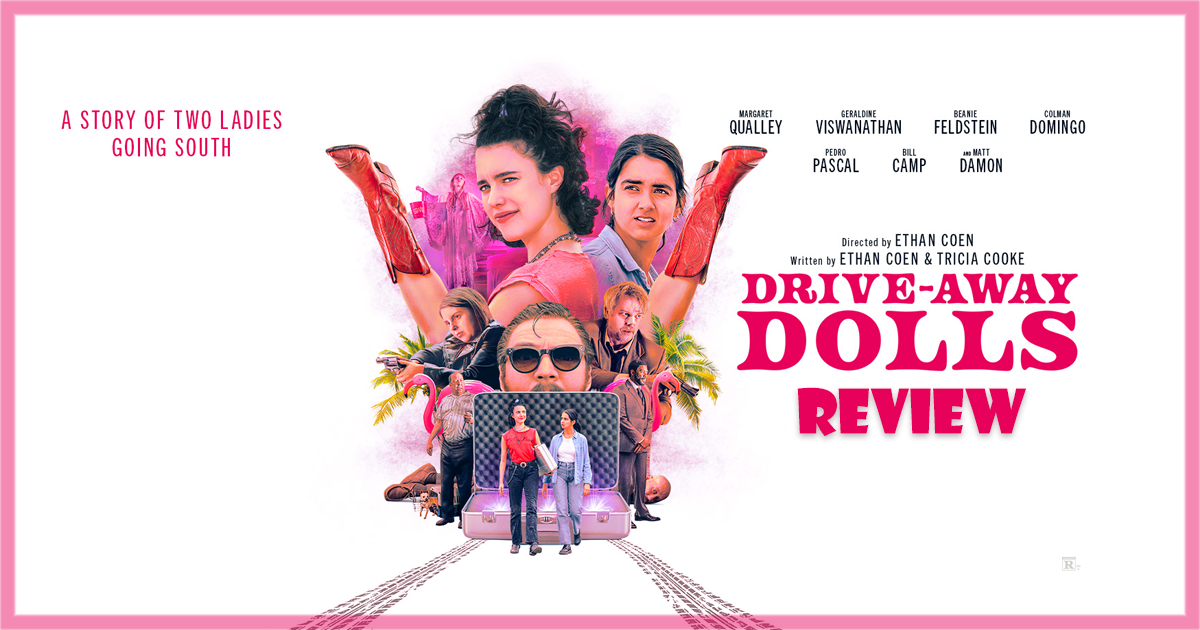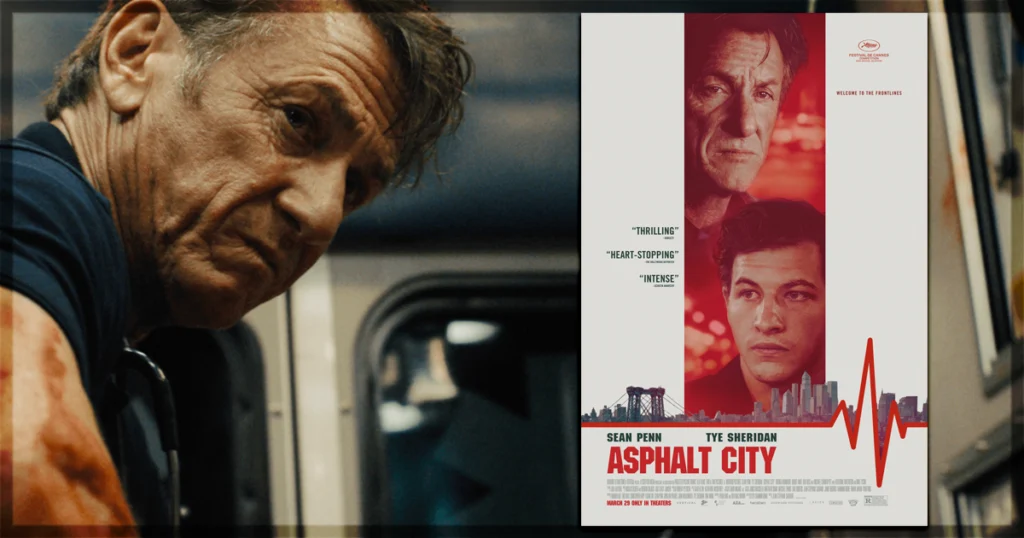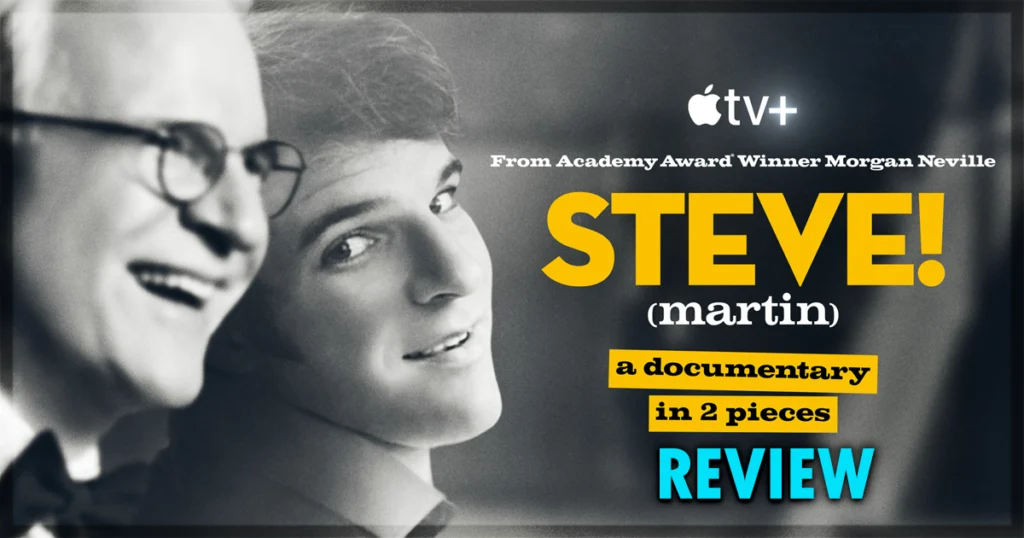Ethan Coen and Tricia Cooke’s Drive-Away Dolls – directed by Coen, written by the pair, and edited by Cooke – has been a long time in the making but arrives at a strange juncture in the Coen extended family’s careers. When Joel and Ethan Coen announced a temporary split and solo projects after decades of operating as the Coen Brothers, all eyes were on what projects the two would approach separate from their usual partner.
Joel Coen made The Tragedy of Macbeth, a black and white Shakespearian drama starring a magnificent Denzel Washington and Frances McDormand (married to Joel since 1984). Ethan Coen and his wife Tricia Cooke pulled out a project they had been working on off and on since the early 2000s and gave it a polish during the pandemic. The resulting lightweight crime caper – colorful in visuals and characterizations – is a far cry from Shakespeare, though it is similarly anchored by excellent performances across the board.
A Wild Road Trip Begins in Drive-Away Dolls
After a short prologue, the action of Drive-Away Dolls – originally titled Drive-Away Dykes – starts when two women want to get out of town. Jamie (Margaret Qualley) has just been dumped by her police officer girlfriend Sukie (Beanie Feldstein) after the latter catches her cheating. Marian (Geraldine Vishwanathan) is trying to find a place for herself in the Philadelphia lesbian community but would rather be reading Henry James’ The Europeans than be at a club night. By chance, luck, and a punch, they head to Curlie’s (Bill Camp) drive-away service and see if he has a car going to Tallahassee.
It’s just their luck he does; it’s just his misfortune that he mistakenly gives them a car meant for a shady trio (Colman Domingo, having fun; Joey Slotnick, stealing the show; and C J Wilson, taking the beatings), who are now hot on Jamie and Marian’s tail. How they – and the drive-away car’s cargo – is connected to the prologue’s robbery and murder unfolds through a wild series of misadventures, misdirections, and escapades.
Redefining Queer Love Stories on Screen
The releases of Love Lies Bleeding and Drive-Away Dolls within weeks of each other, as well as last year’s Bottoms, point to a reimagining of what queer women’s love stories might look like on screen. In some cases in these films, love has nothing to do with it – lust, desire, and pure unadulterated horniness drive relationships and decisions. Chaste looks and repressed yearning have no place in these stories, and while such restraint can be used well in other stories, this unbridled thirst and unapologetic longing is a refreshing change to the way sapphic love has often been represented on screen.
Qualley’s accent and verbal affectations are closer to her famous mother’s hometown of Gaffney, South Carolina, than they are to Texas, but the swagger and style are immediately winning and over-the-top (it opens up an extra-textual reading where Jamie has reinvented herself as a Texan rather than being born there). Vishwanathan’s Marian’s buttoned-up mannerisms, speech, and dress sense are modulated by the actress not as a sign of repression but as steps in half-humorous, half-poignant self-discovery that began in childhood. The chemistry between them captures the rough edges of Jamie’s freewheeling sexuality alongside Marian’s more romantic ideas, allowing both to grow and explore other perspectives on love and life without judging or changing the core of their beings.
The rest of the cast – including an excellent uncredited cameo – balance the deadpan and outlandish, marking Drive-Away Dolls as a clear cousin of Burn After Reading and O Brother Where Art Thou. As hinted at in the trailers, Pedro Pascal and Matt Damon appear in glorified cameos – one in the aforementioned prologue, the other bringing the action to a rousing, ridiculous finale. Pascal aims hammy, Damon underplays, and the luxury casting is perfectly calibrated in both cases.
Taking place up and down the East Coast but largely filmed in Pennsylvania, Drive-Away Dolls never gets too location specific but enjoys the uniquely American (perhaps even uniquely mid-Atlantic) freedom and respite roadside bars and motels give to those on the most mundane multi-day drives. Cinematographer Ari Wegner has made a name for herself in creating haunting, haunted backdrops for films such as The Power of the Dog and Eileen, but here she brings out the warmth in neon nightlife and sun-dappled poolside dinners.
Drive-Away Dolls is an Imperfect but Sparkling Adventure
The problem with Drive-Away Dolls is that, despite its mere 84-minute run time and its road trip set-up, the pacing drags. The humor of individual scenes and lines does not cohere into narrative propulsion, making the film’s second half, in particular, feel labored – a collection of ideas and sketches more than a plot. Thankfully, it is not long until another wild reveal arrives to keep Jamie, Marian, Sukie, Curlie, and viewers on their toes.
Drive-Away Dolls is by no means perfect, but its adventures are so sparkling, and its heart so big, good, and lusty (in every sense of the word) that its flaws feel minor in comparison. If this and similar, similarly timed releases such as Late Night with the Devil, Immaculate, and the aforementioned Love Lies Bleeding herald the return of the 90-minute B-movie, a great era of cinema lies ahead.
Drive-Away Dolls is now in theaters.
Have you watched Drive-Away Dolls yet? Let us know on X @MoviesWeTexted.



